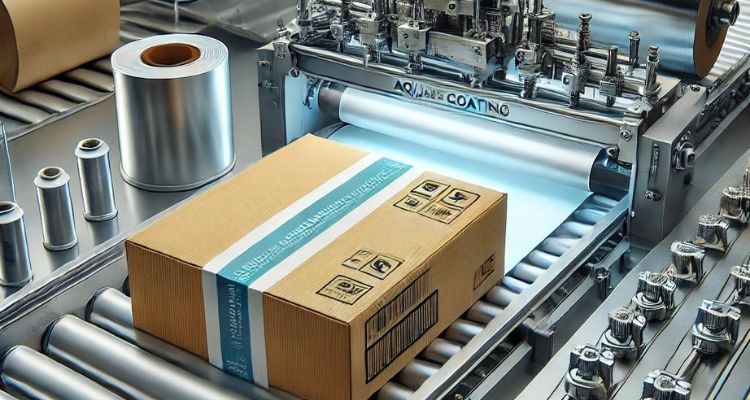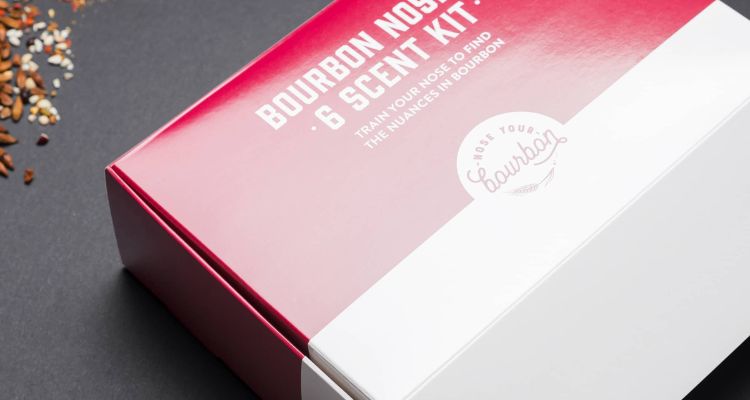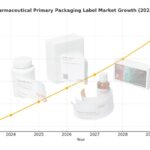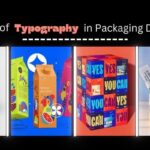Have you ever wondered why some printed materials feel smoother and last longer than others? The secret lies in their finish—specifically, aqueous coating. This sustainable printing technique not only extends the lifespan of printed products but also enhances their aesthetic appeal. Let’s delve into the types and advantages of aqueous coating that make it indispensable in the modern printing and packaging industry.
What is Aqueous Coating?
Aqueous coating is a water-based, environmentally friendly finish applied to printed materials to enhance their durability and visual appeal. It is widely used in the printing and packaging industries due to its quick drying properties, cost-effectiveness, and reduced environmental impact. This type of coating provides various finishes such as gloss, satin, and matte, each suited for different applications. Glossy finishes are ideal for magazines and brochures to make colors pop, while matte finishes are favored for packaging, offering a natural and sophisticated look. Aqueous coatings are especially valued for their ability to protect against moisture and wear, making them a practical choice for items that require long-lasting quality.
Types of Aqueous Coating
Here are three types of aqueous coating. Let us learn in deep.
Gloss
The gloss finish is ideal for high-impact visuals. According to a study by the Printing Industries of America, gloss coatings significantly increase the brightness and saturation of printed colors, enhancing visual perception. A real-life example is the use of gloss in automotive marketing brochures, where vivid imagery and shiny finishes attract consumer attention and reflect the sleek design of the vehicles.
Satin
Satin coatings offer a medium level of shine, which is highly valued in the corporate world. A market analysis on print materials for real estate found that satin finishes strike the perfect balance between professionalism and eye-catching design, making them ideal for property brochures that require both a high-quality feel and clear readability.
Matte
Matte finishes are preferred where glare reduction is essential, such as in educational textbooks. Studies suggest that reduced glare helps in minimizing eye strain for readers, enhancing the learning experience. Art galleries also frequently use matte coatings on reproductions to mimic the original artworks’ texture and minimize reflections that could distract from the visual details.
Read Also: Wonders of Foil Stamping in Modern Times
The Benefits of Aqueous Coating

Water-resistant
Aqueous coatings provide an excellent moisture barrier, which is crucial for products like beverage labels that are exposed to condensation.
Tear-resistant
Enhanced durability is particularly important in the packaging of consumer goods, where resistance to tearing can reduce product damage during transport and handling.
Eco-friendly
Aqueous coatings contribute to sustainability by reducing volatile organic compounds. A report by the Environmental Protection Agency highlights the significant decrease in hazardous emissions compared to solvent-based coatings.
Recyclable
The recallability of aqueous-coated papers is confirmed by their approval in municipal recycling programs, unlike some traditional coated papers which require special processing.
Color enhancement
The use of aqueous coatings in the magazine industry is noted for making photographic images pop, thereby attracting more reader engagement.
Professional finish
Real estate agents have reported an increase in property interest when using high-quality aqueous-coated brochures, indicating a direct correlation between material quality and customer response.
Aqueous Coating vs UV Coating
Studies have shown that aqueous coatings are generally more cost-effective than UV coatings, which require more energy and specialized equipment. This cost efficiency makes aqueous coatings a popular choice for large-scale printing operations where budget constraints are a consideration.
Aqueous coatings dry quickly through absorption and evaporation, significantly speeding up production times. A case study from a major printing company demonstrated that switching to aqueous coatings reduced their drying time by 50%, enhancing throughput and operational efficiency.
Aqueous Coating vs Lamination
Aqueous coatings are water-based and contain fewer harmful chemicals, making them more sustainable and easier to recycle than traditional laminated products. This feature aligns with increasing environmental regulations and consumer demand for greener products.
The thinner and lighter nature of aqueous coatings preserves the flexibility of paper products, which is crucial for packaging applications. Real-life examples from the packaging industry show that products with aqueous coating are easier to handle, store, and transport, reducing logistical costs.
The Process of Aqueous Coating

Application
Aqueous coating is applied directly after the ink, while the paper is still on the press, streamlining the production process. This integration allows for seamless manufacturing flows without additional steps.
Drying
The rapid drying nature of aqueous coatings not only speeds up production but also reduces the risk of smudging, ensuring higher quality prints.
Best Practices
Ensuring uniform coverage is crucial for achieving optimal finish and protection. Advanced techniques in machine calibration have been developed to maintain consistency across large print runs.
Maintaining a controlled environment during the drying process is vital to prevent warping and other quality issues. Case studies in the industry have highlighted the importance of temperature management in maintaining high-quality finishes.
Industry Applications: Where Aqueous Coating Shines
Publishing
The use of gloss or satin aqueous coatings in magazines enhances visual appeal and durability. Real-world examples include major fashion magazines that have transitioned to aqueous coatings for a more vibrant look and extended shelf life.
Packaging
Matte aqueous coatings are preferred in food packaging for their natural appearance and safety. They do not impart any odors or flavors to food products, which is essential for maintaining product quality and compliance with food safety regulations.
Read Also: Discover the Benefits of Cornstarch Packaging
Environmental Impact: A Greener Choice
Aqueous coatings are leading the way in sustainable printing by offering a viable alternative to solvent-based coatings. Their lower VOC emissions and compatibility with recyclable materials underscore their environmental benefits, making them a preferred choice in eco-conscious industries.
Final Words
With its myriad benefits—from durability to environmental friendliness—aqueous coating is an excellent choice for businesses looking to improve their print products’ quality and sustainability. Whether you’re in publishing, packaging, or any sector needing printed materials, aqueous coating can provide the superior finish and durability you need.
Thinking of enhancing your print products with aqueous coating? Contact us today to explore 99 designs packaging how our coating solutions can transform your business!





